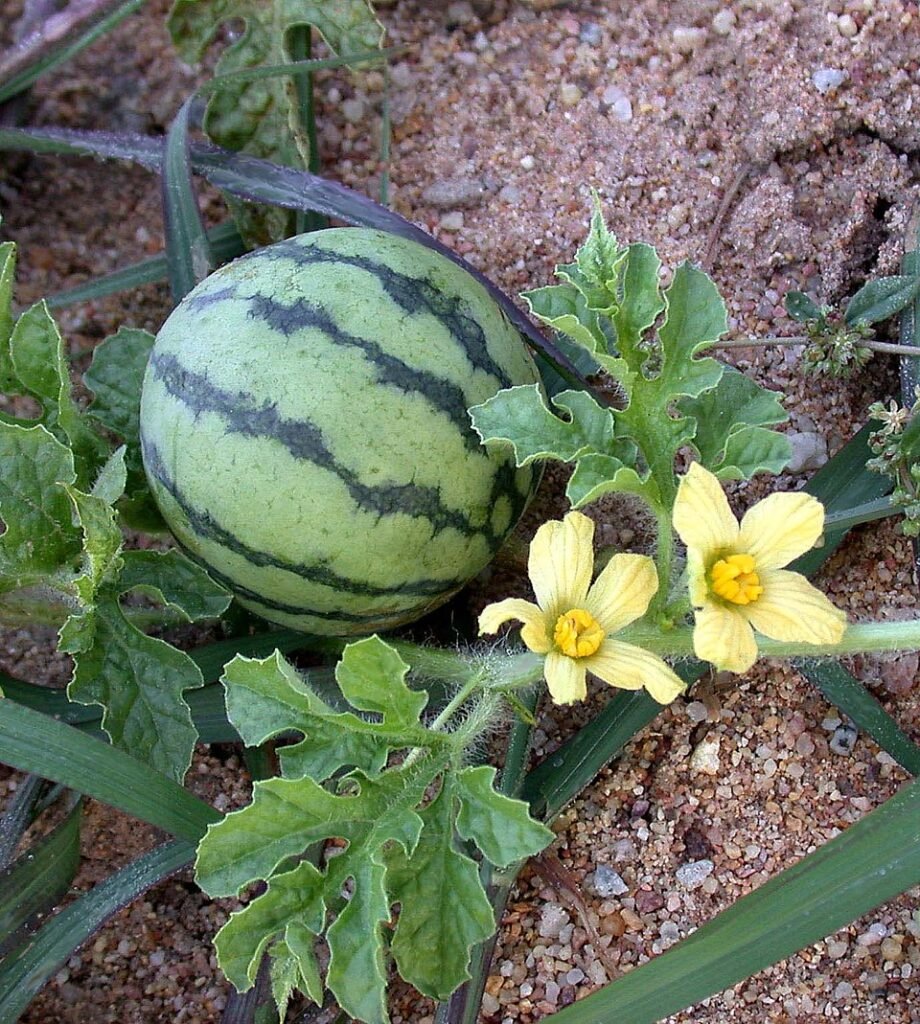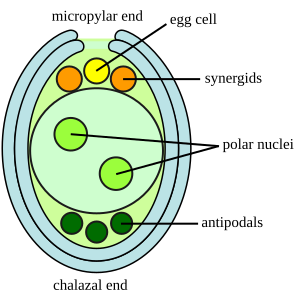Mesangiosperms (Mesangiospermae)
Clade of flowering plants (angiospermae)
Food, Plant source foods, Flowering plats (angiospermae)
Consumption area(s): Earth
Note: For better understanding, please read the article on flowering plants (angiospermae) first. If you come across unfamiliar words, you can click on any highlighted term to open the glossary with definitions of key botanical terms.

Introduction
Mesangiosperms represent a major branch within the flowering plant lineage, encompassing the vast majority of angiosperm species. They are often referred to as the core group of angiosperms, which differentiates them from the earlier-evolving lineages that make up the basal angiosperms—an assemblage of three distinct orders. While core angiosperms include around 350,000 living species, the more primitive basal groups comprise only about 175 extant species.
Description of mesangiosperms
Although there is no single exclusive characteristic that distinguishes all mature mesangiosperms from basal angiosperms, these plants can be clearly identified during embryonic development by a specific structure of the ovule. The megagametophyte, or embryo sac, in mesangiosperms has a bipolar configuration and consists of seven cells containing eight nuclei (the parts of the cell that contain the genetic material), arranged in a specific pattern within the ovule.
Specifically, near the opening through which the pollen enters, there is the egg cell and two synergid cells, while three antipodal cells develop at the opposite end, which in mesangiosperms persist longer than in basal angiosperms. At the center of the sac lies a large cell containing two polar nuclei.

Another characteristic that clearly distinguishes mesangiosperms is the formation, after fertilization, of a triploid endosperm: a nutritive tissue containing three sets of chromosomes (structures within cells that carry hereditary information) that supports embryo development.
Classification of mesangiosperms
The mesangiosperm clade is itself further divided into clades:
- Eudicots (apples, apricots, basil, beets, bell peppers, blackcurrants, broccoli, cacao, carrots, cauliflower, cherries, chard, chili peppers, cloves, eggplants, figs, grapes, lettuce, lemons, macadamia nuts, parsley, peaches, pears, peas, poppies, potatoes, rhubarb, sacred lotus, sage, celery, spinach, strawberries, thyme, tomatoes, zucchini)
- Magnoliids (cinnamon, laurel, nutmeg, pepper)
- Monocots (agave, asparagus, bananas, cardamom, coconut, corn, flax, garlic, ginger, leeks, onions, rice, sugarcane, taro, vanilla, wheat)
Photo(s):
1. Len Worthington, CC BY-SA 2.0 https://creativecommons.org/licenses/by-sa/2.0, via Wikimedia Commons
2. Lokal_Profil, CC BY-SA 2.5 https://creativecommons.org/licenses/by-sa/2.5, via Wikimedia Commons
